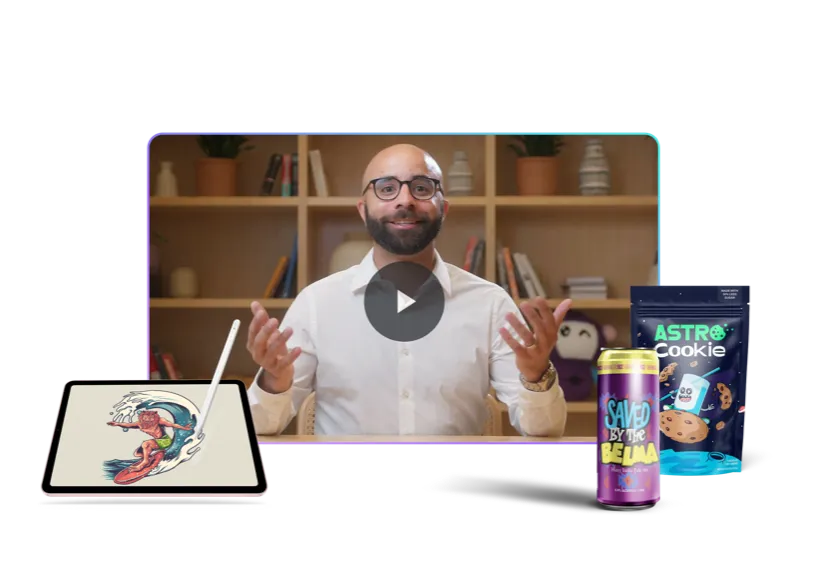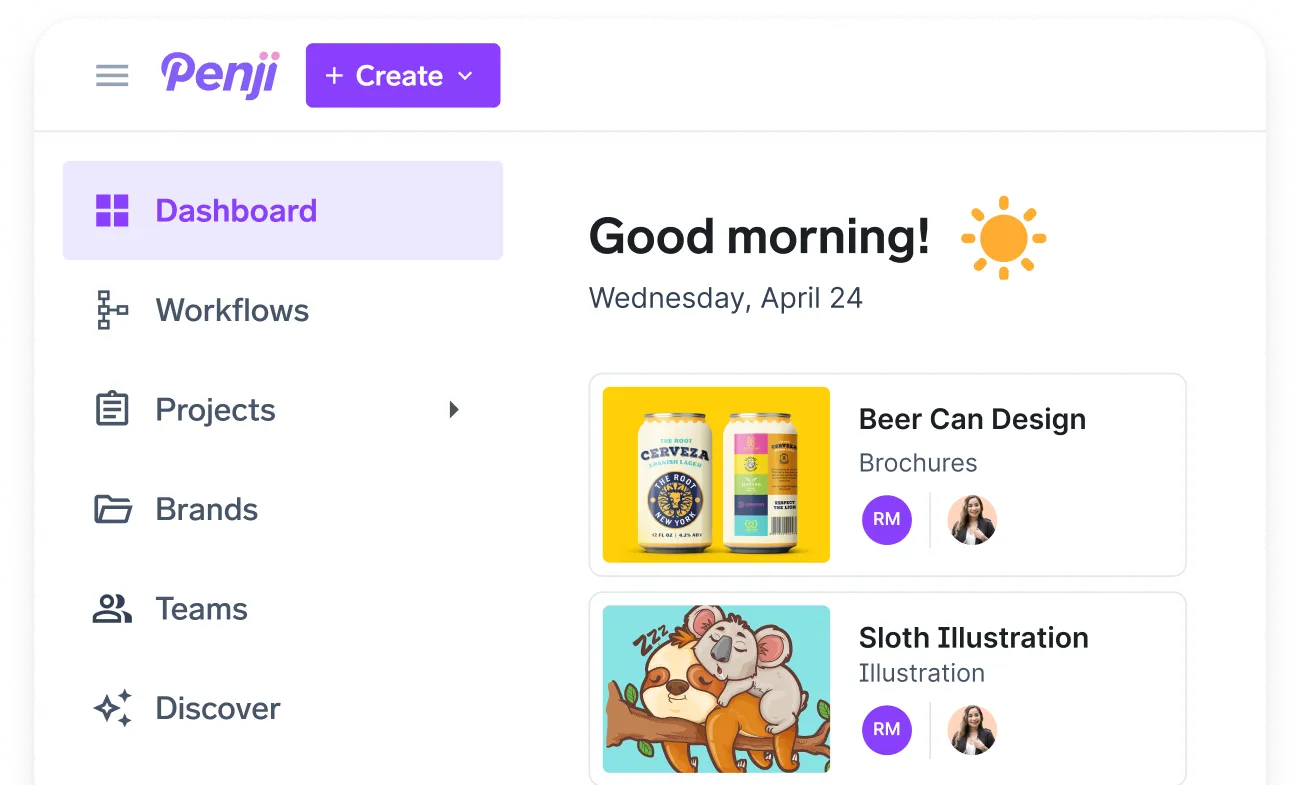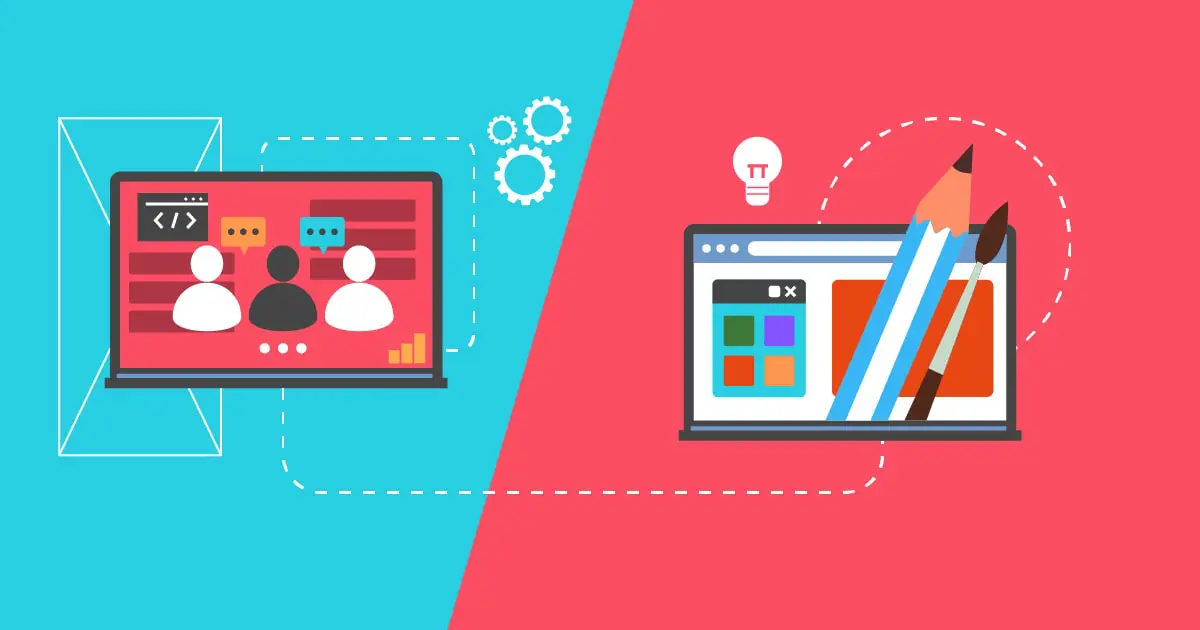
UI and UX are often interchangeable, but they mean entirely different things. Understanding UI UX design is crucial for effective and user-friendly digital design. Let’s dive in and explore the unique aspects of each discipline.
What is UI Design?
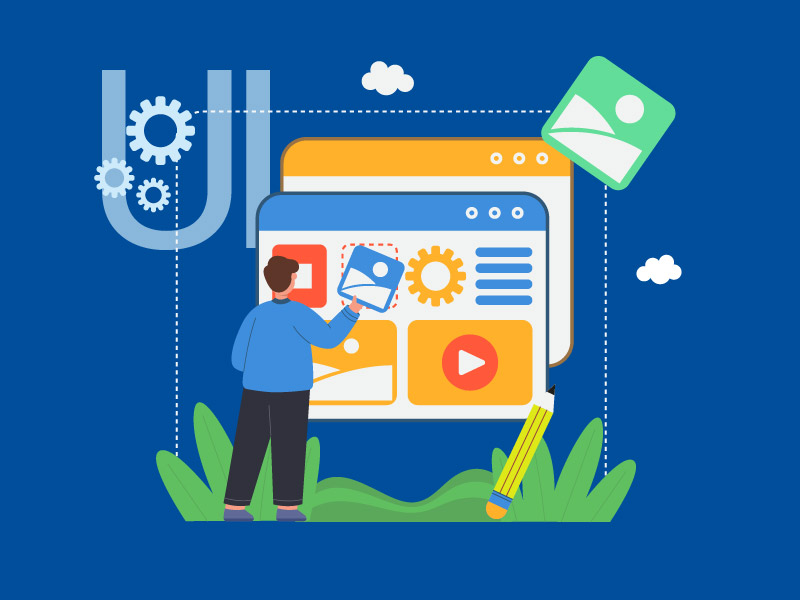
A user interface (UI) design is a key component of the broader user experience (UX). It focuses on the process designers use to create interfaces in software or applications, focusing on style or looks. These include the screen layout, buttons, animations, and transitions.
Hugo Raymond, Figma Designer Advocate, explains that an effective UI design combines usability and interactive design to build a strong connection between users and products.
UI design comprises the following formats:
- Graphical User Interface (GUI). GUI design involves users interacting with a system’s visuals and digital control panels. The computer’s desktop is a form of a graphical user interface.
- Voice-controlled Interface (VUI). VUI design focuses on the interaction between a user and the system through voice. Smart assistants like Siri for iPhones and Bixby for Samsung mobile devices are examples of the voice-controlled interface.
- Gesture-based Interface. This is primarily used in VR (virtual reality)and other gesture-based designs, dealing with users’ engagement within 3D spaces.
CA good UI design is characterized by the following:
- The design should assist users in completing tasks efficiently with minimum effort. UI design aims to allow users to complete projects with a seamless experience.
- UI should be satisfactory, fun, and hassle-free.
- The UI design should convey the brand value of the company or organization.
What is UX Design?

A user experience (UX) focuses on how users interact with the system. Think about logical navigation and a smooth experience – these things fall under UX design. This means that this kind of design assists the user in having a positive experience while using a system or software.
In a nutshell, a good UX design should be:
- Usable: The product’s design, structure, and purpose are clear to the user.
- Equitable: It delivers an exceptional user experience, regardless of the user’s age, gender, race, or ability.
- Enjoyable: Design that creates a positive user experience goes beyond mere functionality. A delightful design improves the user’s positive feelings about the product.
- Functional: A product has good UX design if it solves a user problem. For example, a map app is useful. It automatically marks paths with delays and suggests a better route. This feature assists the user in getting to their destination faster.
Five Crucial Steps to UX Design
The user experience design process involves research, wireframe development, prototype testing, troubleshooting, and continuous improvement. Let’s get into the details.
1. Research
To create a favorable user experience, UX designers must understand their target audience. Through consumer research, they can identify their users, what pain points they are experiencing, and how they behave online. In addition, UX designers may perform competitor analysis to define their product niche. Then, the UX designer consolidates the findings into a buyer or user personas.
2. Information Architecture (IA)
After identifying users’ needs and behaviors, UX designers create information architecture for their products, websites, or apps. The IA serves as the blueprint that outlines navigation, content hierarchy, interactions, and product features. Typically, designers use a flowchart template to illustrate the information architecture.
3. Wireframes and Prototypes
Based on the information architecture, UX designers turn ideas into wireframes and prototypes. They use these tangible models to test ideas, determine the needs, and define the product’s significant features.
4. Testing and Troubleshooting
Product mockups help UX designers, developers, and end-users see the product’s features. If there are issues during the testing phase, the team can adjust or revise them before launching the product.
5. Continuous Updates
A UX designer’s work doesn’t end with the product launch. They can design improvements, revisions, or updates based on user feedback and back-end analytics.
For example, a university’s online course platform might receive feedback that students struggle to find specific resources within a module. The UX designer could redesign the module’s information architecture to improve search functionality, making resources more easily accessible.
What Are the Main Differences Between UI and UX Design?
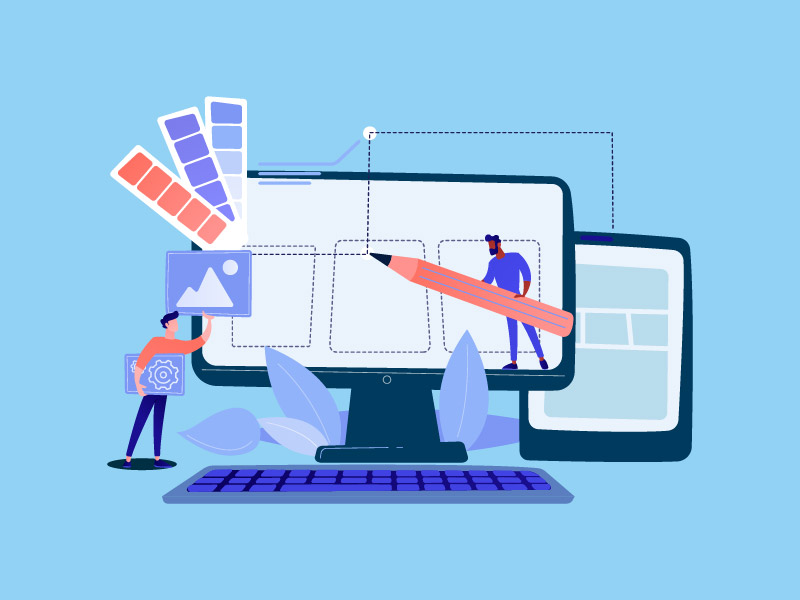
As we’ve mentioned earlier, UI and UX design are often used as interchangeable terms. While the end product needs considerable input from both design processes, the steps in designing UI and UX are entirely different.
UX design mainly deals with the user’s journey to solve a problem. On the other hand, UI designs focus on how the product looks when the issue is being solved.
Here are the critical differences between UI and UX design:
- Main focus. The main concern of UI designers is to work with the quality and visuals of the end product. UI designers use hi-fi models as prototypes. Similarly, UX designers devote more time to the purpose and functionality of the end product. They pay more attention to logic. In short, UI designers work on the technicalities of the product design. In contrast, UX designers focus more on analysis and project management.
- Use of color. UI designers design full-color prototypes, while UX designers do it in black, white, or gray.
- Tools. UI designers use tools like InVision, Principle, Sketch, or Flinto for the collaborative design process. On the other hand, UX designers use wireframe-based prototyping such as Mockplus.
- Artistic Element. UI designers must include a creative component since it relates to what the end user sees, hears, and feels. UX design has more of a social element because it requires you to understand the user requirements very well.
How do UI Design and UX Design Work Together?
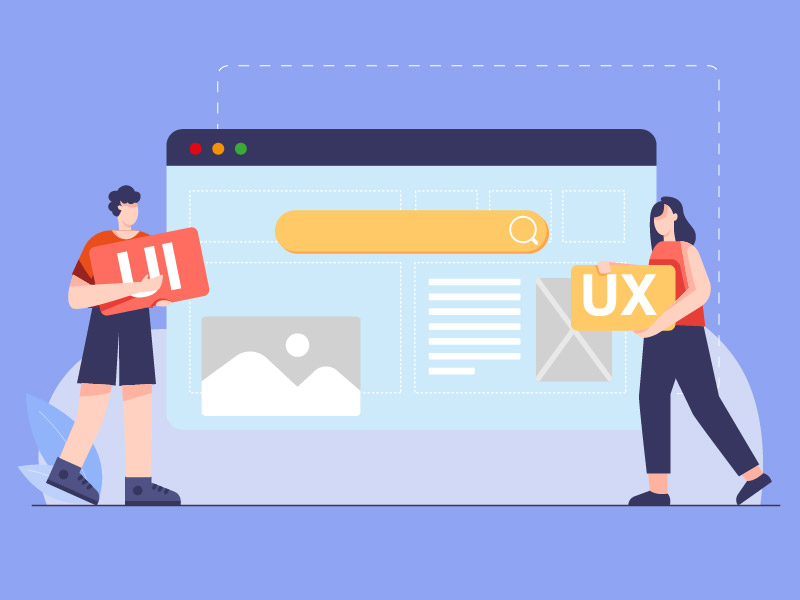
You might wonder if one is more important than the other, but both are critical. UX and UI go together. They are often offered as part of a web design subscription service. While millions of award-winning products have one design type, it could be more advantageous when strong in both areas.
UI design is the icing on the UX cake. You have thought of a fantastic idea for an app. However, there is always something missing from the market that could genuinely change people’s quality of life.
You can hire a UX designer to perform user research. It will help you trace the features your app should have. From there, the concern is how the user journey should be laid out.
Your app offers something your target audience needs and wants. But, when they download it, the text on each screen may be barely readable. Plus, the buttons must be closer to each other; they keep hitting the wrong button by mistake! This is a classic example of a UI that destroys the sound image by killing what would have been good UX.
Have you encountered a stunning website only to find that, beyond the excellent animations and color scheme, it is hard to navigate? So, a good UI design can only compensate for a good UX design. It is likened to a beautifully decorated cake but tastes awful. Therefore, UX and UI complement each other. And in today’s competitive market, getting both aspects in one go is a blessing.
Final Thoughts
Understanding the difference between UI and UX design is crucial for creating successful digital products like websites and mobile applications. By focusing on both the visual appeal and the user’s overall experience, you can create beautiful and functional products. Whether you work with a professional design team like Penji or tackle the design yourself, the key is prioritizing the user at every stage of the process. Visit this link to learn more!
About the author

Rowena Zaballa
With a background as a former government employee specializing in urban planning, Rowena transitioned into the world of blogging and SEO content writing. As a passionate storyteller, she uses her expertise to craft engaging and informative content for various audiences.




